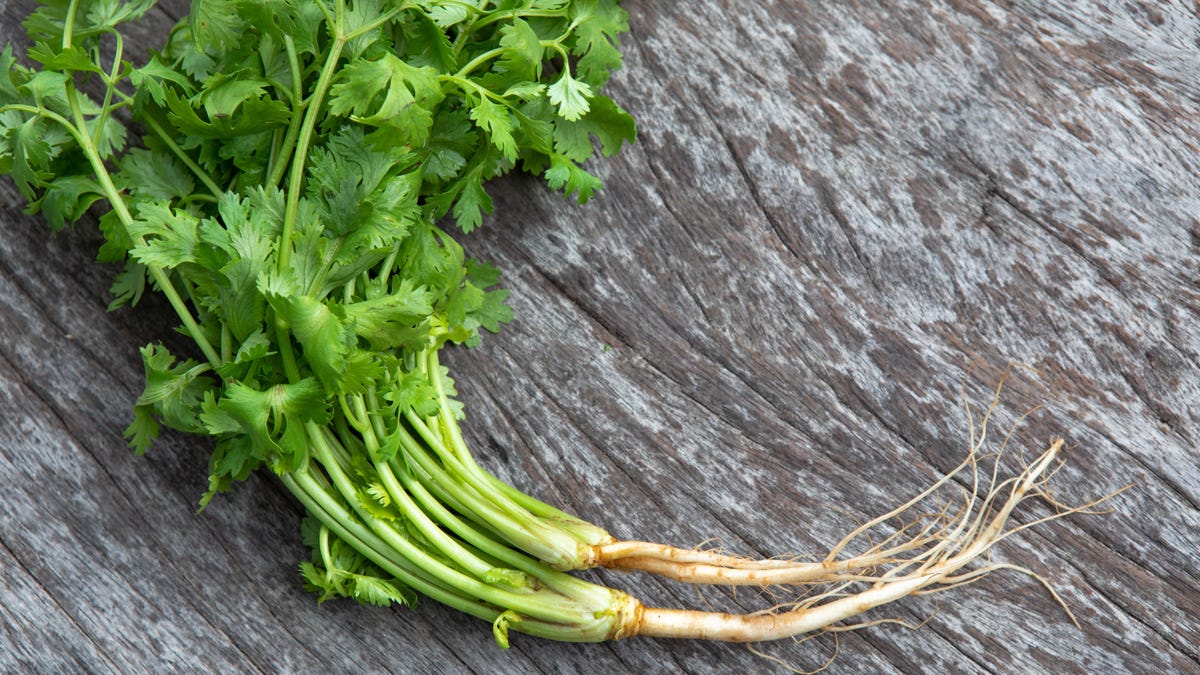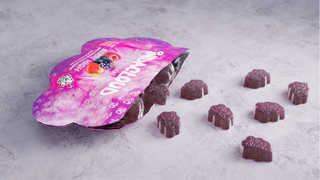You Should Eat Cilantro Roots
Cilantro is one of the most divisive flavors in the culinary world. You’re either in the “it’s soapy” party or the “it’s absolute magic” party. (Or maybe we just like the taste of soap? Who’s to know.) One thing’s...


Photo: Pif Paf Puf Studio (Shutterstock)
Cilantro is one of the most divisive flavors in the culinary world. You’re either in the “it’s soapy” party or the “it’s absolute magic” party. (Or maybe we just like the taste of soap? Who’s to know.) One thing’s for sure—it’s a powerful herb. The stem and the leaves pack a strong herbal kick, but there’s a more subtle and oft ignored part of this grassy plant: The root.
How do you use cilantro roots?
It might seem bizarre at first, but roots are kind of our thing already. Carrots, potatoes, beets, and radishes are just some roots we like to transform into dishes. Cilantro roots deliver a much more toned down version of its famous flavor. If you’re interested in incorporating the freshness of cilantro in a delicate dish, using the roots is a great way to build a complimentary symphony of flavors with the other herbs. If you’re making a sauce or dip and you’d like to avoid a ton of green leafy specks getting stuck on your teeth, cilantro root fits here perfectly. Especially if you’re on the fence with the flavor of cilantro, using the roots instead of the bold and brassy stem can help you get a feel for the aroma without it overwhelming your palate.
You can get creative with using cilantro roots, but some of my favorite applications are in curry pastes, grilling marinades, and meat rubs. Although you can certainly use the stems and leaves in these applications, I find that the leaves can dry out and burn if they’re in a marinade for the grill. There’s much more moisture available in the roots (nature’s fancy irrigation system, at it again), so they grind very well with other ingredients and incorporate seamlessly as a paste. Try using the roots to add a mellow aroma to steamed dishes, especially fish. Prepare fish en papillote with a couple split cilantro roots. This preparation holds in tons of moisture and gives the protein a hydrating cilantro-root spa treatment. Drop a couple roots into the food processor when making dips, salsas, raitas, or chutneys. The muted cilantro flavor pairs up well with the various ingredients of dips and toppings, so you and your soap-sensitive friends can continue enjoying it scoop after scoop.
How do you prepare and store them?
Cilantro roots aren’t always easy to find in large supermarkets. Depending on where you live, you might have an easier time finding them at green markets, corner stores, or various international grocery stores. In my area, the local Shoprite sells only cut cilantro but the corner Uzbek grocery store always has cilantro with the roots attached. Often they’re still rather silty on the root, so when you’re ready to use them, chop off the root just before the stems split off, and give it a good rinse—a really good rinse. Use a bowl of cold water, submerge the root and rub all the dirt off until the root is mostly white or you don’t feel any remaining grit. It’s now ready to be ground with a mortar and pestle, dropped in a food processor, or minced into a dip.
Once you start poppin’ cilantro roots, you’ll find even more uses for their gentle perfume, so don’t let yourself get caught rootless. If you’re in an area where these roots are rare, buy them when you see them. Cut the roots from the stems and clean them like I mentioned before. Allow the roots to air dry completely and store them in a container or zip-top bag, and pop them in the freezer. They keep well for up to two months. When you’re ready to use them, open the container and take out as many as you need. No need to thaw them; they’re ready to use immediately.

 BigThink
BigThink 































